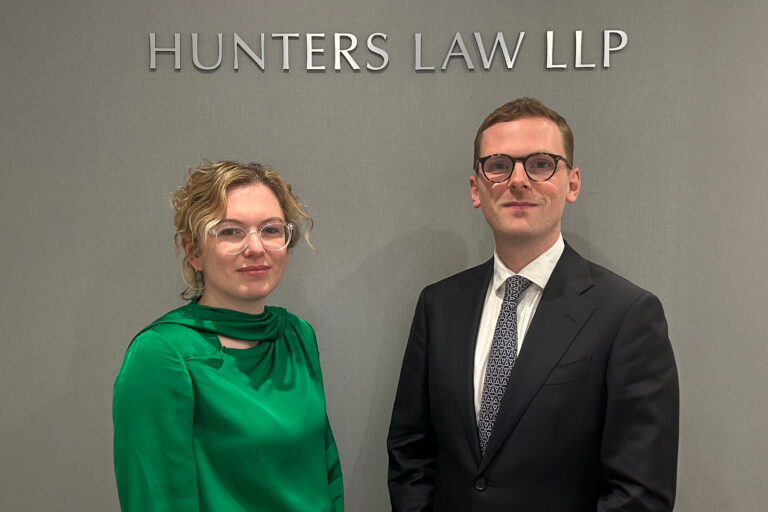Richard Baxter and Constance Tait discuss considerations for dispute resolution and M&A scenarios

Overview
On 6 September 2021, the High Court struck out a multi-million pound conspiracy claim against multiple defendants relating to the sale of the claimant’s collection of classic cars. In Maranello Rosso Ltd v Lohomij BV and others [2021] EWHC 2452 (Ch), the Court held that fraud-based claims had been released by a settlement agreement, even though the release did not contain any express wording to that effect.
Background
The claimant, Maranello Rosso Ltd, (MRL) was a Guernsey-registered company, incorporated in 2013 for the purpose of purchasing a company that owned a collection of around seventy classic cars, comprising Ferraris and Abarths. The seven defendants included Lohomij BV (the first defendant), a Netherlands-based company controlled by the fourth defendant (Evert Louwman). Lohomij BV lent MRL 90m to enable it to acquire the car collection on terms that required MRL to sell the cars through the second defendant, Bonhams auction house. The remaining defendants were affiliates or agents of Bonhams, including a former-non executive director and former chairman of the company.
In April 2015 MRL intimated a claim against the Bonhams defendants for negligence and breach of contractual and common law duties relating to the significant losses suffered by MRL directly resulting from Bonhams promotion and conduct at an auction in the US in August 2014, at which ten cars were sold without reserve.
The parties subsequently entered into a settlement agreement, designed to compensate MRL for losses that it suffered on the assumption that the auction was carried out negligently. The agreement contained the following clause:
3.1 The Parties agree (for themselves and on behalf of each of their Affiliates and Agents) that this Agreement shall constitute full and final settlement, and irrevocable and unconditional waiver and release, of all and any Claims.
Claims were defined in the settlement agreement as all claims, causes of action, rights or other interests (whether present, actual prospective or contingent, whether or not known to the Parties at the date of this Agreement, and whether arising in contract, tort, under statute or otherwise) ….
The pleaded case
In May 2020 MRL began proceedings and alleged that it had knowledge which led it to reasonably believe that Lohomij BV and the Bonhams defendants were acting dishonestly, and that such a claim was not barred by the settlement agreement. The defendants applied to strike out the claims, contending that the release in the settlement agreement covered the subsequent claims made by MRL. The High Court held that the settlement agreement effected a release of all claims brought by MRL in the proceedings, save for those based on separate causes of action arising after July 2015.
Commentary
There is no rule of law requiring the use of express words referring to claims based on fraud or dishonesty if a release is to extend to them. HHJ Keyser QC commented that in the absence of such words, one will not readily conclude that a reasonable person would understand a release to refer to such claims. However, if the normal principles of construction lead to the conclusion that the release does extended to such claims, the conclusion must be respected.
The judgment serves as a reminder that fraud-based claims can be released by a settlement agreement, even where the release contains no express wording to that effect. The case also gives an insight into the type of wording that may be used to cover such claims. HHJ Keyser QC observed that the wording in this particular settlement agreement was clear, precise, wide-ranging and comprehensive. Given the careful drafting of the agreement and high quality of that drafting, the natural meaning of the wording was especially worthy of respect. The unequivocal and unambiguous wording of the release illustrated a plain intention to omit nothing and leave no loopholes.
Litigators and dispute resolution practitioners will take their own lessons from the case. For corporate and commercial practitioners the case may bring to mind the principle that well-drafted sale and purchase agreements should include express wording that caveats fraud and wilful deceit from any vendor protection provisions, that limit or exclude the potential liability of vendors. With regard to good transaction management the case brings to the author’s mind the case of MAN v Freightliner. In that case an innocent vendor lost the benefit of the usual vendor protection provisions that protect vendors from the fraud or deceit of target employees because its inexperienced deal team invited the target’s finance director to make direct representations to the purchaser’s deal team. The error led to the vendor being technically tainted by the finance director’s long-standing fraudulent VAT accounting in the target and the purchaser being awarded multiple hundreds of millions of pounds in compensation. The Freightliner case has informed our approach to transaction management for many years and the Maranello case will further develop our practices in that regard and also our drafting of the many dispute settlements we implement for corporate and commercial clients.




